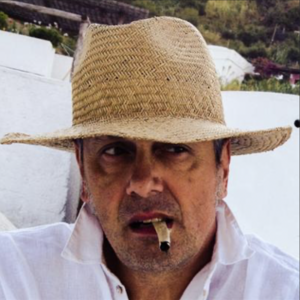
Fabrizio Cleri
- FACULTE DES SCIENCES ET TECHNOLOGIES
- DEPARTEMENT PHYSIQUE
Présentation
NAMASTE - BIO
Welcome on FC's webpage and the NAMASTE-BIO group. We are a team of scientists working at the Cnrs IEMN (Institute of Electronics, Microelectronics and Nanotechnology) in Lille, France.
We use large scale computer simulations and theoretical modelling, to unravel fundamental questions and propose applications, at the interface between physics and biology.
Check out also my science-blog at PHYSICSOFLIFE.FR ! Lots of fun (ehm ehm)...!
My ERDÖS NUMBER is 4 (⇢G. D'Agostino ⇢G. Caldarelli ⇢B. Bollobás ⇢P. Erdös)
A new ANR project on DNA damage under extreme nuclear deformation
Cells are squeezed, stretched and deformed during their life cycle. We are still missing a detailed understanding of the mechanisms by mechanical stresses are transmitted down to the nucleus. In our project DNASTRIX we use micro-electromechanical systems (MEMS) and microfluidics, combined with biophysics theory and modelling, to investigate how nuclear mechanics can be altered by forces issued from the extracellular environment, and how DNA may be damaged with key genomic implications of such mechanical processes, potentially involved in many human diseases, from the cellular down to the molecular scale.

Nucleosomes in the chromatin
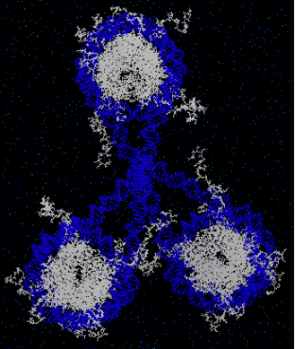
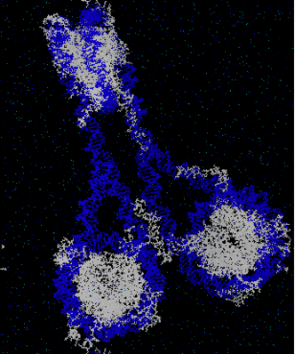
Radiation environment on Mars surface
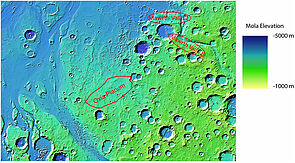
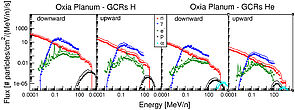
DNA damage and repair
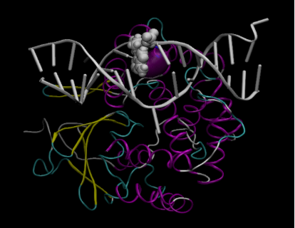
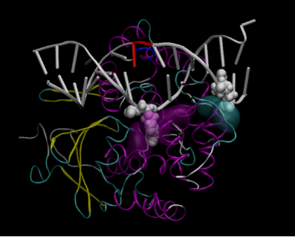
DNA aptamers to detect cancer cells
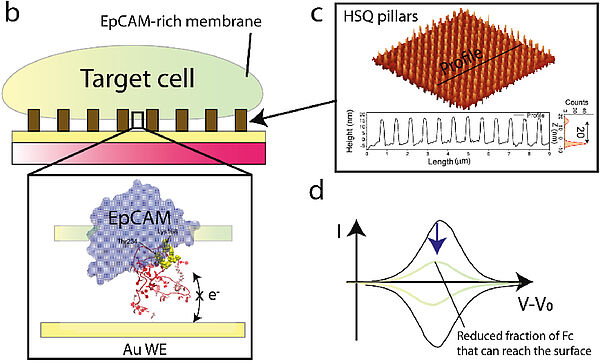
New PhD student
Congratulations to Tymofii MURATOV, the new PhD student who will join our group, to work on the IEMN-LIMMS project on DNA aptamers! Our warmest welcome!
A new review paper on Quantum Thermodynamics !
Just appeared in Frontiers in Quantum Science and Technology:
Quantum Computers, Quantum Computing and Quantum Thermodynamics [F. Cleri, Frontiers Quantum Sci. Techn. 3 (2024)]
The big paper on 3-nucleosomes is out!
Just appeared in Journal of Molecular Biology:
Nucleosome Array Deformation in Chromatin is Sustained by Bending, Twisting and Kinking of Linker DNA, F. Cleri, S. Giordano, R. Blossey (J. Mol. Biol. 435, 128263 (2023))
Latest papers on statistical mechanics !
Our team has just published three-new-papers on very special stat-mech themes:
Short-time expansion of one-dimensional Fokker-Planck equations with heterogeneous diffusion, T. Dupont, S. Giordano, F. Cleri & R Blossey (Phys. Rev. E 109, 064106, 2024)
On the one-dimensional transition state theory and the relation between statistical and deterministic oscillation frequencies of anharmonic energy wells, S. Giordano, F. Cleri & R Blossey (Ann. der Phys. 535, 00294, 2023)
Infinite ergodicity in generalized geometric Brownian motions with nonlinear drift, S. Giordano, F. Cleri & R Blossey (Phys. Rev. E 107, 044111, 2023)
New PhD student
Congratulations to Safwen Ghediri, new PhD student who joined our group in June, to work on the ANR project DYPROSOME!
Detection of cancer cells: two new papers on biosensors & bioelectronics
Last papers from the IEMN-IBL-LIMMS collaboration:
Redox-labelled electrochemical aptasensors with nanosupported cancer cells
New paper appeared in eLife, March 2022
Check out our last paper just published in eLife, last part of M. Tomezak's PhD:
The out-of-field dose in radiation therapy induces delayed tumorigenesis by senescence evasion
Welcome our new PhD student Parvathy!
Congratulations to Parvathy Sarma who joined our group February 2022 to work on the SENEXIMEX project, on radiation-induced cell senescence! Welcome Parvathy, we wish you a productive PhD work!



